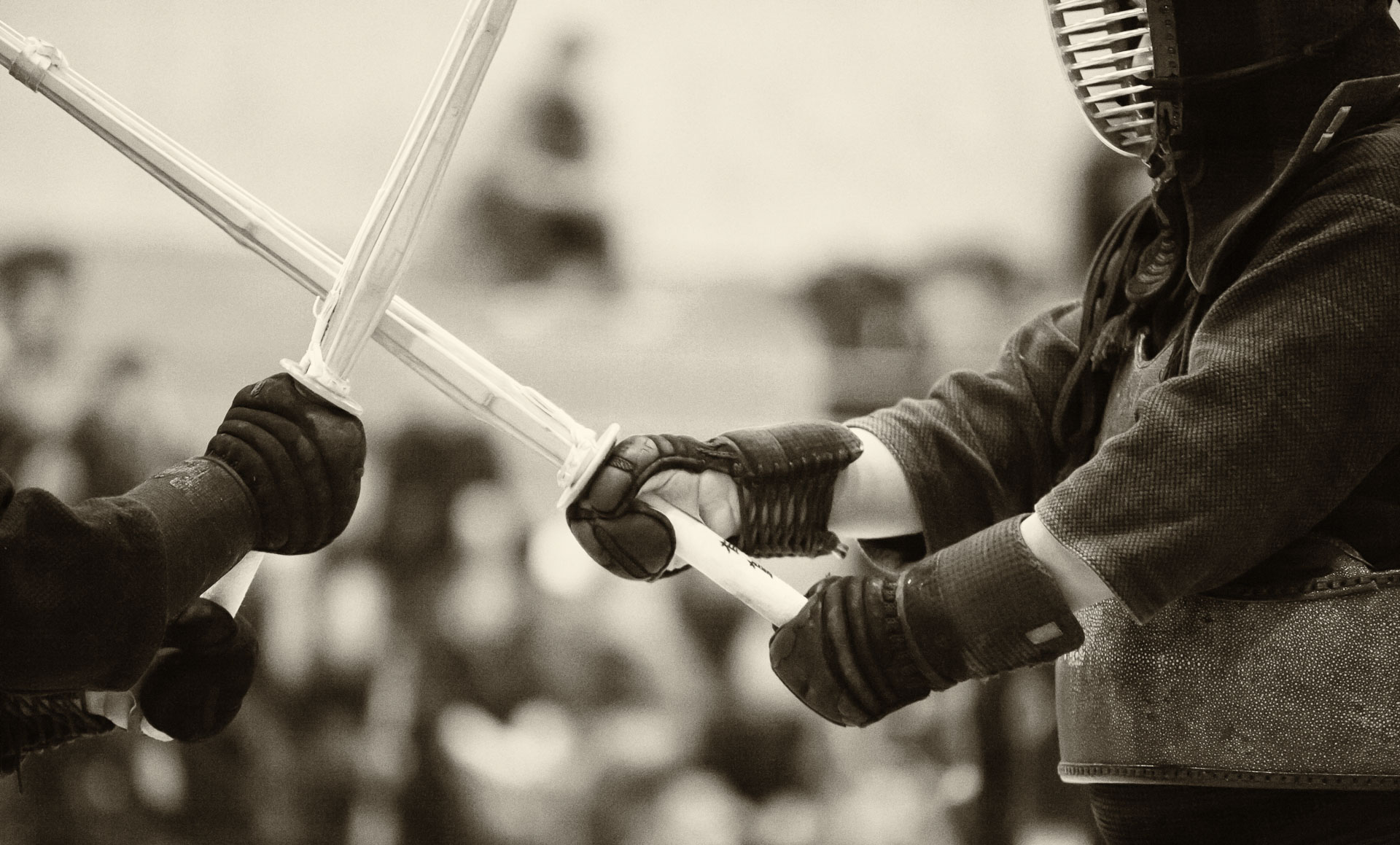
Julia Cameron wrote in “The Artist’s Way” that when people say that they want to be creative they actually want to be productive. And productivity is usually defined as something related to benefiting oneself or one’s career. In this framework, there is little room for art as a hobby. It is either “professional” Art with the capital A or no art at all that is worth pursuing. Cameron then argues that in fact the opposite is true – that creativity stems from the hobbyist’s attempts that are free of the pressure to be perfect or significant.
Incidentally, I’ve been coming across the truism that perfect is the enemy of the good in various contexts in the last few weeks – from violin playing to writing research papers. It also applies to photography, and more specifically, videography. I realize that what often prevents me from making vlog-like videos is the notion that there has to be some kind of profound story in each of them. This thought is a bit paralyzing, so I end up with a lot of unprocessed video clips. As an exercise to overcome this mental block, I’ve been trying to make short videos simply for the sake of making them, regardless how mundane the subject happens to be on any given day. After all, I believe it was Julia Cameron again, who said that in order to have a chance to make good art some day, you have be first prepared to make a lot of bad art. Hopefully, quantity will transform itself into quality at some point, but now I am just going the reps.
Here is today’s clip that I shot and assembled entirely on my phone. This is sort of a challenge to myself of how quickly I can whip out some video content. It gives me a low bound not only in quality, but also in terms of time required to make a vlog post.















 One of the nicest things about traveling is that it forces you into relatively unfamiliar situations, which breaks the pattern of daily routine. So while normally you can cruise through the day on an autopilot, being on the road makes you more aware of the present moment.
One of the nicest things about traveling is that it forces you into relatively unfamiliar situations, which breaks the pattern of daily routine. So while normally you can cruise through the day on an autopilot, being on the road makes you more aware of the present moment.








